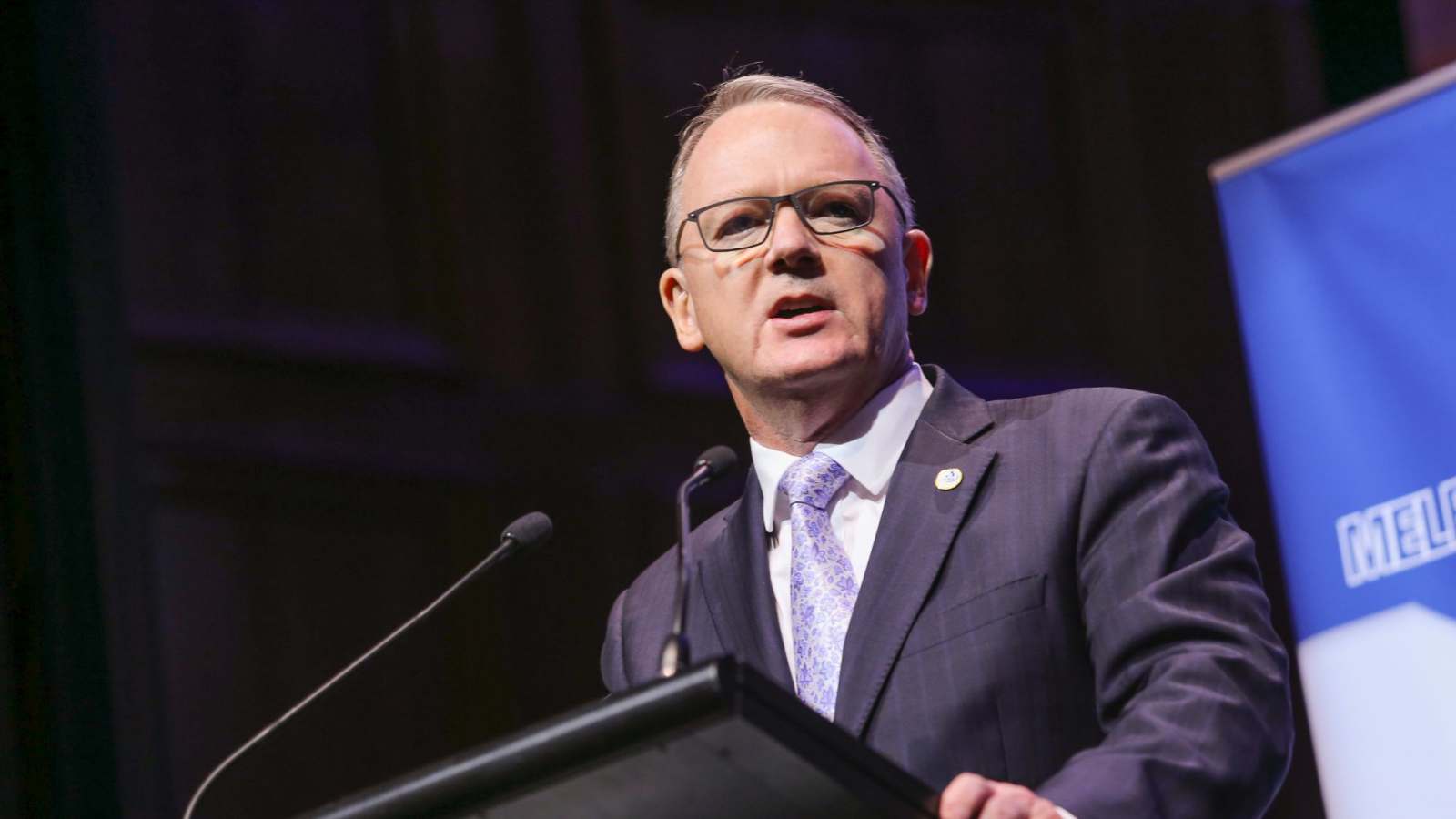Qatar is swiftly moving towards an emission-free transport system, ranking it among the top countries in the world in terms of sustainable efforts.
Qatar could soon surpass Australia in hydrogen and hydrogen-derived energy products, a top Australian business man said at the 37th Asia Pacific Petroleum Conference on Monday.
“The Qataris may move first — [riding on their] planned system, they can work on a government-to-government level [to] establish the infrastructure at both ends, supply and demand,” Peter Coleman, former CEO of Australia’s largest oil and gas independent company Woodside Petroleum said.
“It gets harder for an individual company to start a new industry from the grass roots like in Australia,” noted Coleman, who was appointed the chairman of Australia’s hydrogen-focused start-up Infinite Blue Energy in August after retiring as Woodside CEO.
The comments were made during a conversation with S&P Global Platts Global Director of News Beth Evans at the APPEC 2021.
Perth-based company IBE is creating one of the first plants in Australia to convert solar and wind energy into green hydrogen, “scaling up from daily production of 25 mt when it is due to come online in 2022 to 120 mt during subsequent phases targeting overseas exports,” according to S&P Global Platts.
Read also: Qatar sparks up nationwide electric vehicle project
“Coleman has advocated for Australia to embrace hydrogen as a future growth option for several years, having piloted a green hydrogen project in Tasmania while as Woodside CEO,” it added.
During his career at Woodside, he called for utilising the company’s natural gas reserves to produce blue ammonia due to its high capacity of hydrogen storage, which could then be exported to Japan.
“Three years on at APPEC 2021, Coleman acknowledged that the lack of a coherent energy policy has not helped with Australia’s wider energy transition, including developing a hydrogen industry from scratch,” S&P Global Platts mentioned in its report.
“The reality is this is a fundamental change… that needs to be government-led,” Coleman said, suggesting that Australian authorities should take the lead in energy transition as has been the case in Qatar.
However, Australia lacks capabilities seen in the Gulf state to lead such change, he emphasised.
Coleman urged a shift from “demonising” to “understanding” the value gas and other non-renewable sources hold in energy transition as it could be a life-long feedstock and an asset in petrochemical production.
“Nuclear was demonised a few decades ago to the point we have not capitalised on the technology by making it safer,” he said.
“Coleman, who also chose to remain aligned with the oil and gas industry by taking a board seat at oilfield services giant Schlumberger, conceded however that gas will inevitably occupy a smaller share of the world’s energy mix,” S&P Global Platts stated.
For years, Qatar and Australia have competing to become the world’s largest liquefied natural gas (LNG) exporter.
However, Coleman said this should not extend to the renewable sector.
“Rather than be a competitive threat, the Qataris can be seen as the pioneers forging through, and there will be a great industry that comes from behind it,” he said.
Qatar’s road to sustainability
Qatar has been employing extensive efforts towards a more sustainable environment, in line with Qatar’s National Vision 2030.
The Gulf state plans to convert 25% of public transport to electric in 2022 – just in time for the World Cup – with 100% expected by 2030.
Read also: Qatar’s public transport to go 100% electric by 2030
The strategy includes gradually transporting the public bus services, government school buses, and Doha Metro’s buses to full-electric.
It also includes providing and installing over 600 charging devices at bus warehouses and stations, Metro stations and other select locations to support the new electric buses.
This aims to reduce harmful carbon emissions caused by conventional buses in less than a decade from now, in addition to achieving efforts to maintain environmental sustainability.
The goal is to transform by 2030, most of the busses and public transportation to electric, reducing harmful carbon emissions and maintaining environmental sustainability measures.







